Shipping quote request
We’ll calculate the shipping price as soon as getting your request.
Shipping quote request
We’ll calculate the shipping price as soon as getting your request.
You May Also Like
More from this Dealer
Vintage Prime Minister Stauning Beech Nutcracker by Kay Bojesen, 1930s
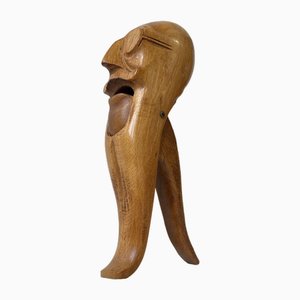
Mid-Century Blue Capri Glass Vase by Jacob E. Bang for Holmegaard, 1961
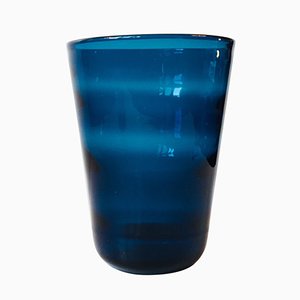
Vintage Striped Ceramic Vase by Nils Aa. Sivertsen for Stavangerflint, 1960s

Stoneware Dragon Fish Sculpture by Carl Hugo Liisberg for Saxbo, 1940s
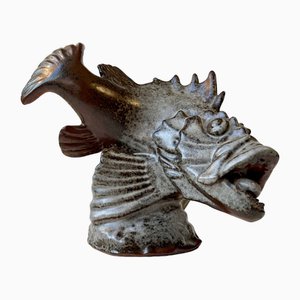
Danish Sculptural Wall Candleholder from Dantoft Kunstartikler, 1970s
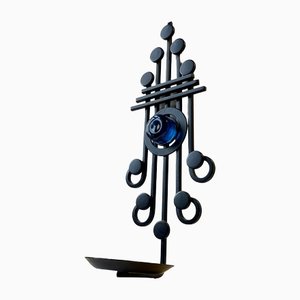
Art Deco Ceramic Vase in the Style of Arne Bang, 1930s
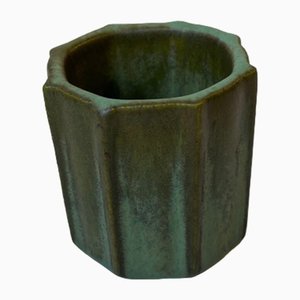
Danish Minimalist Black Sconce from Louis Poulsen, 1970s
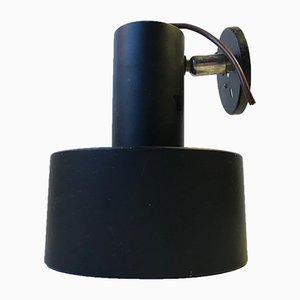
Green Heart Glass Vase by Per Lütken for Holmegaard, 1950s
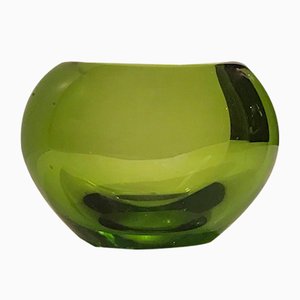
Mid-Century Danish Glass, Rosewood, and Brass Pendant Lamp from Vitrika, 1960s
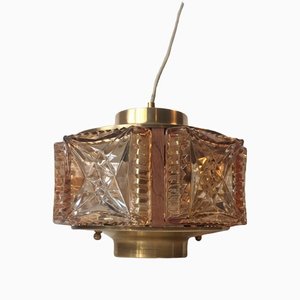
Scandinavian Modern Rosewood Box by Hans Gustav Ehrenreich, 1960s
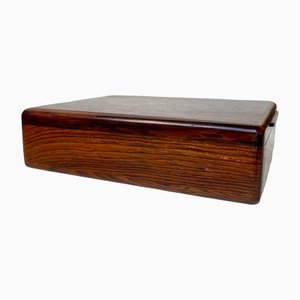
Vintage Hand-Carved Oak Caricature Bust of Julius Caesar, 1970s
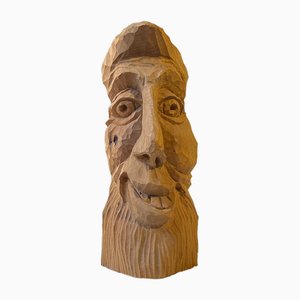
Danish Art Deco Bronze Lidded Jar by Nordisk Malm, 1940s

Art Deco Whiskey Glass Decanter with Etched Flowers from Holmegaard, 1930s
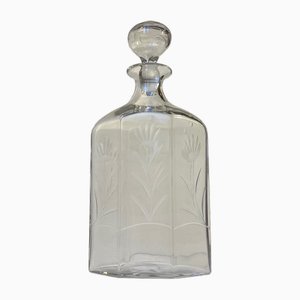
Vintage Scandinavian Grey Table or Wall Lamp by E. S. Horn, 1950s
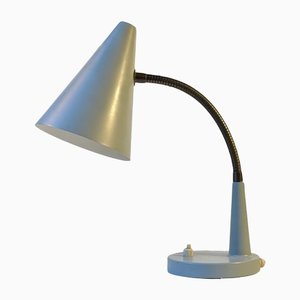
Scandinavian Functionalist Candlesticks in Brass, 1940s, Set of 2
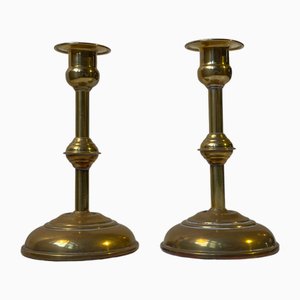
Vintage Document Organizer in Oak, 1960s
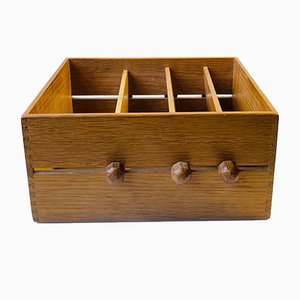
Vintage French Crystal & Brass Table Lamp
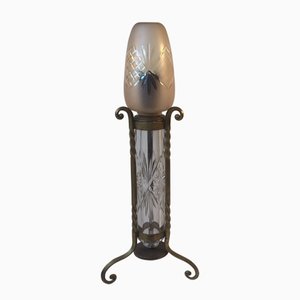
Scandinavian Modern Dual Bathroom Lamp by Sigvard Bernadotte for Ifö, 1960s
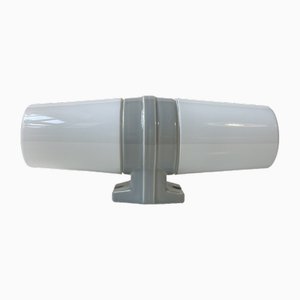
White Ceramic Table Lamps by Hans Rudolf Petersen, 1940s, Set of 2
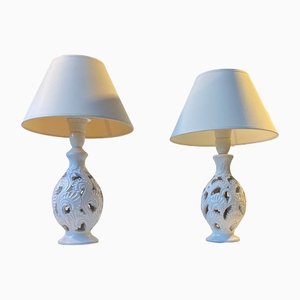
Vintage Rooster Candle Snuffer Extinguisher in Brass from Skultuna, 1970s

More Products
Get in Touch
Make An Offer
We noticed you are new to Pamono!
Please accept the Terms & Conditions and Privacy Policy
Get in Touch
Make An Offer
Almost There!
To follow your conversation on the platform, please complete the registration. To proceed with your offer on the platform, please complete the registration.Successful
Thanks for your inquiry, someone from our team will be in touch shortly
If you are a Design Professional, please apply here to get the benefits of the Pamono Trade Program